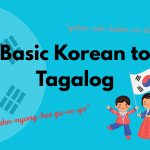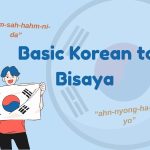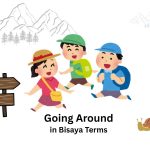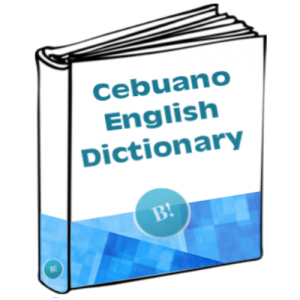Recent and Archives
Basic Korean to Tagalog Conversation

Oo – neh Hindi – ah-nee-oh Pasuyo – jwe-song-ha-ji-mahn Salamat – gahm-sah-hahm-ni-da Walang anuman – chon-mahn-eh-yo Pasintabi po – sil-le-hahm-ni-da Magandang umaga – ahn-nyong-ha-se-yo Aalis na ako – ahn-nyong-hee ga-se-yo
Basic Korean to Cebuano Conversation

Oo – neh Dili – ah-nee-oh Palihog – jwe-song-ha-ji-mahn Salamat – gahm-sah-hahm-ni-da Way sapayan – chon-mahn-eh-yo Tabi – sil-le-hahm-ni-da Maayong buntag – ahn-nyong-ha-se-yo Mulakaw nako – ahn-nyong-hee ga-se-yo Read More
Bisaya Word “Uban”

Ato lang buhatan ug separate article/tutorial ning word nga uban kay daghan nig meaning or usange and let’s enumerate it below. (Let’s have a full article for word “uban“) UbanRead More
Bisaya Terms Denoting Roaming Around

Below list is the terms or phrases to denote roaming around, goofing around.. (Mga bisaya nga terms nga nagpasabot nga laag). For some fun reasons, there are many terminologies inRead More
Common Daily Position in Bisaya Terms

Here are common English and it’s equivalent term in Bisaya. It’s not the “weirdo” stuff nor close to yoga position or pose but simple ones everyone do everyday. 1. StandRead More
Family Relationship Terms in Bisaya

Here’s a guide to common family relationships and how to refer to them in Bisaya language. Core Family: Father – Papa or Dada or Tatay Mother – Mama or AmaRead More
Common Waray words and phrases for daily conversation

Waray language or Waray-waray is spoken by the people mostly in Eastern Visayas region of the Philippines. Islands like Samar, Leyte, and Biliran. It is also spoken in some partsRead More
List of Philippine National Symbols

A national symbol is what represent te Philippines in terms of traditions and ideals and convey the principles of sovereignty and national solidarity of the Filipino people. Some of theseRead More












